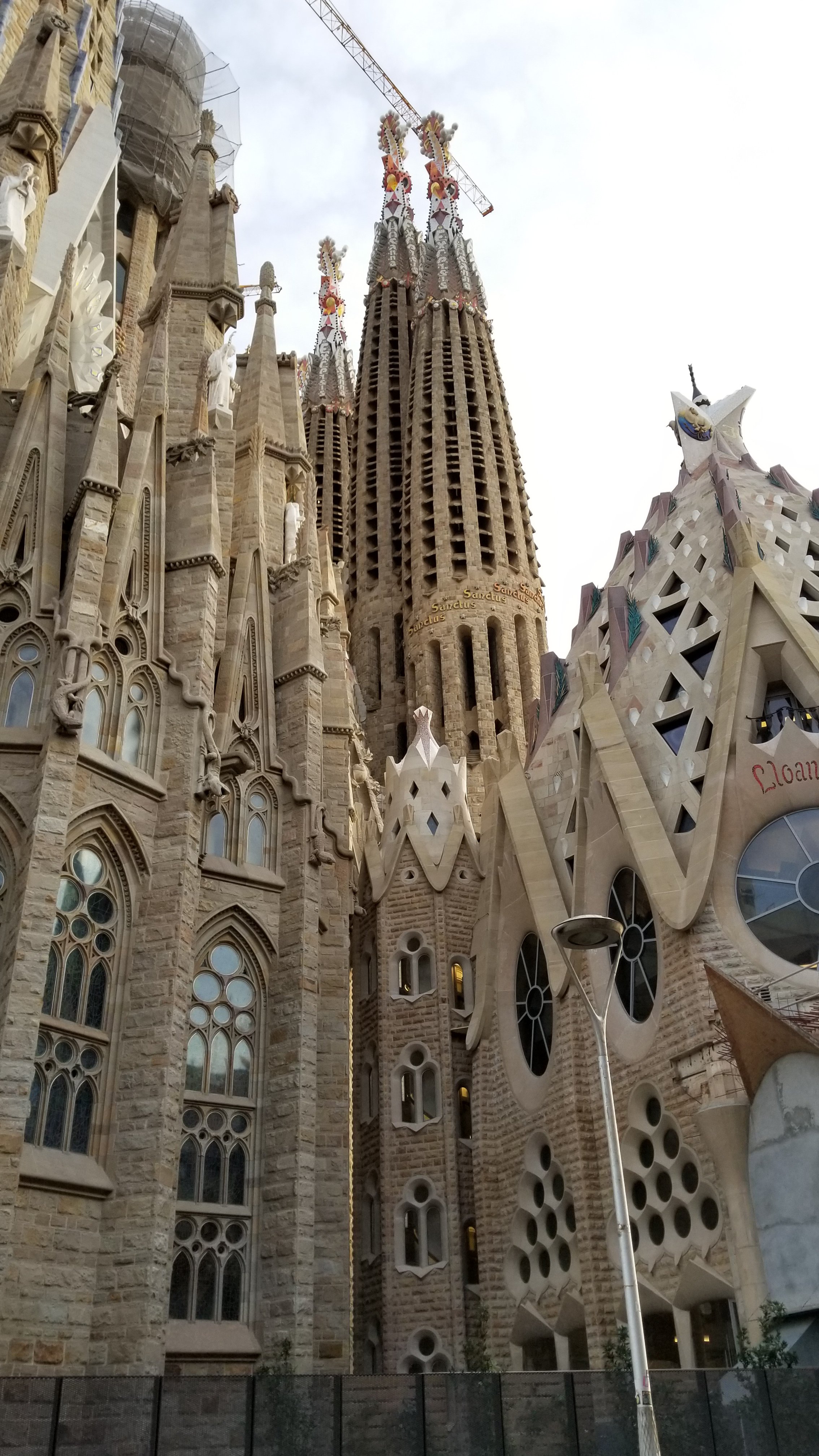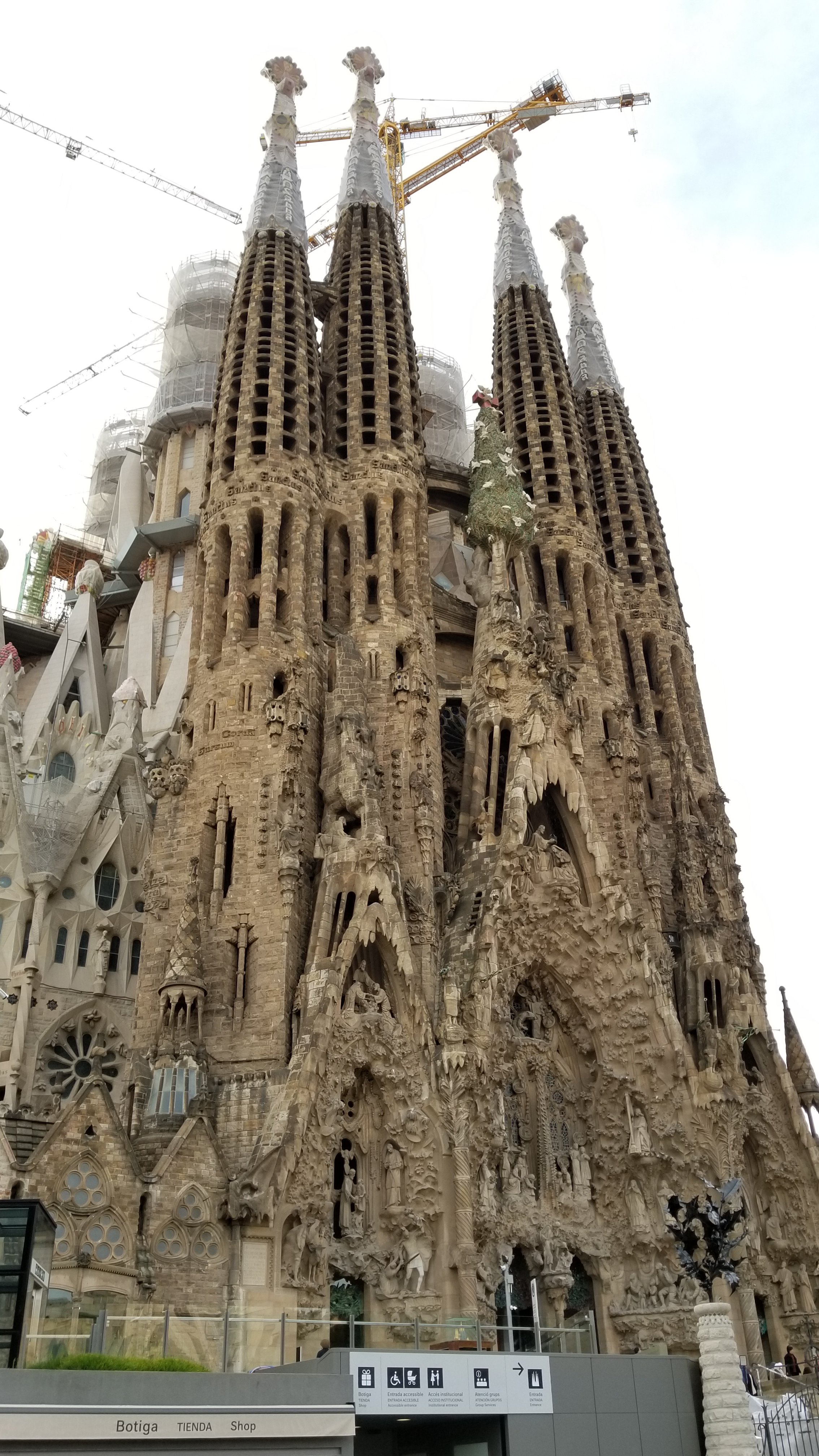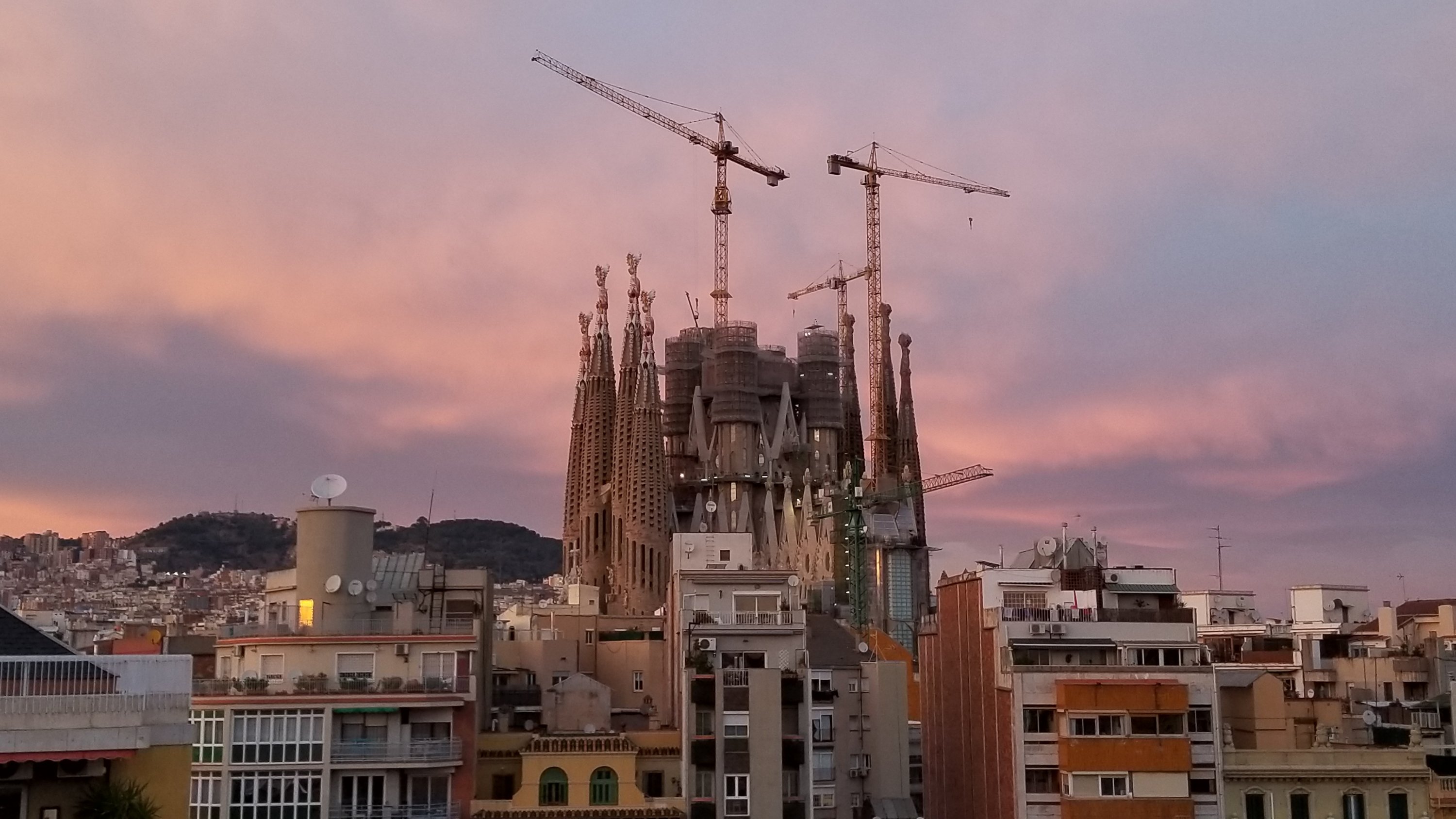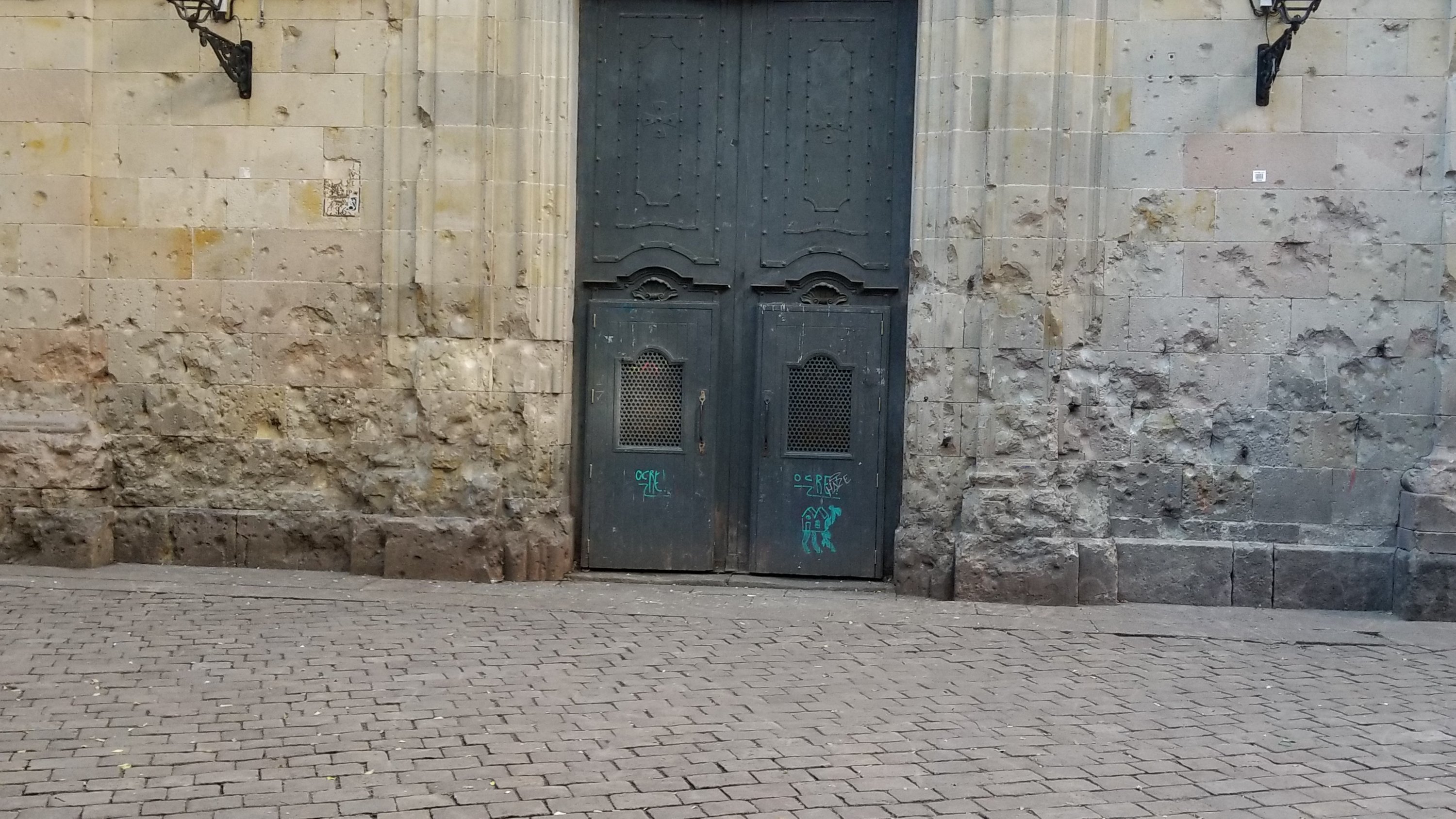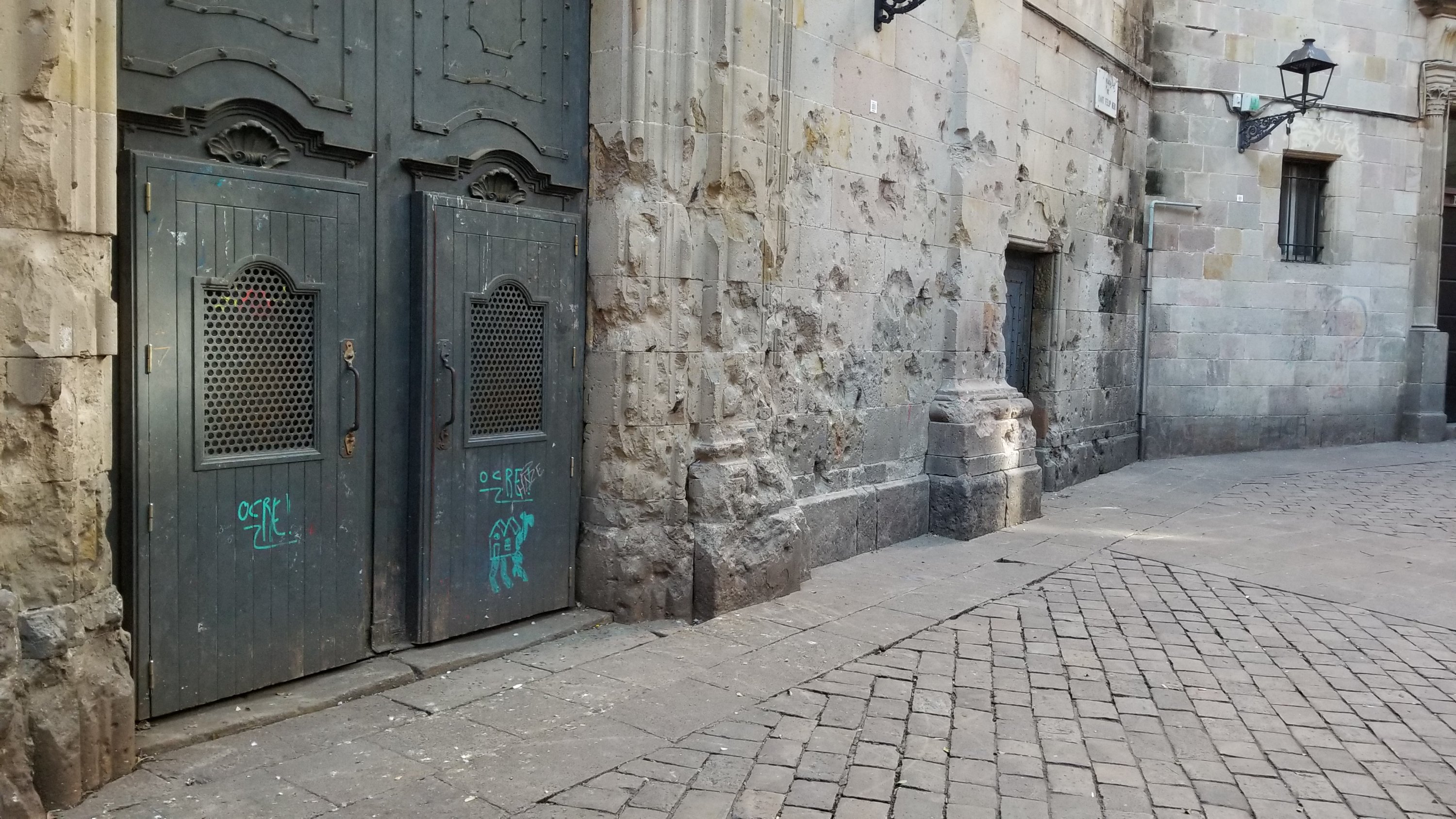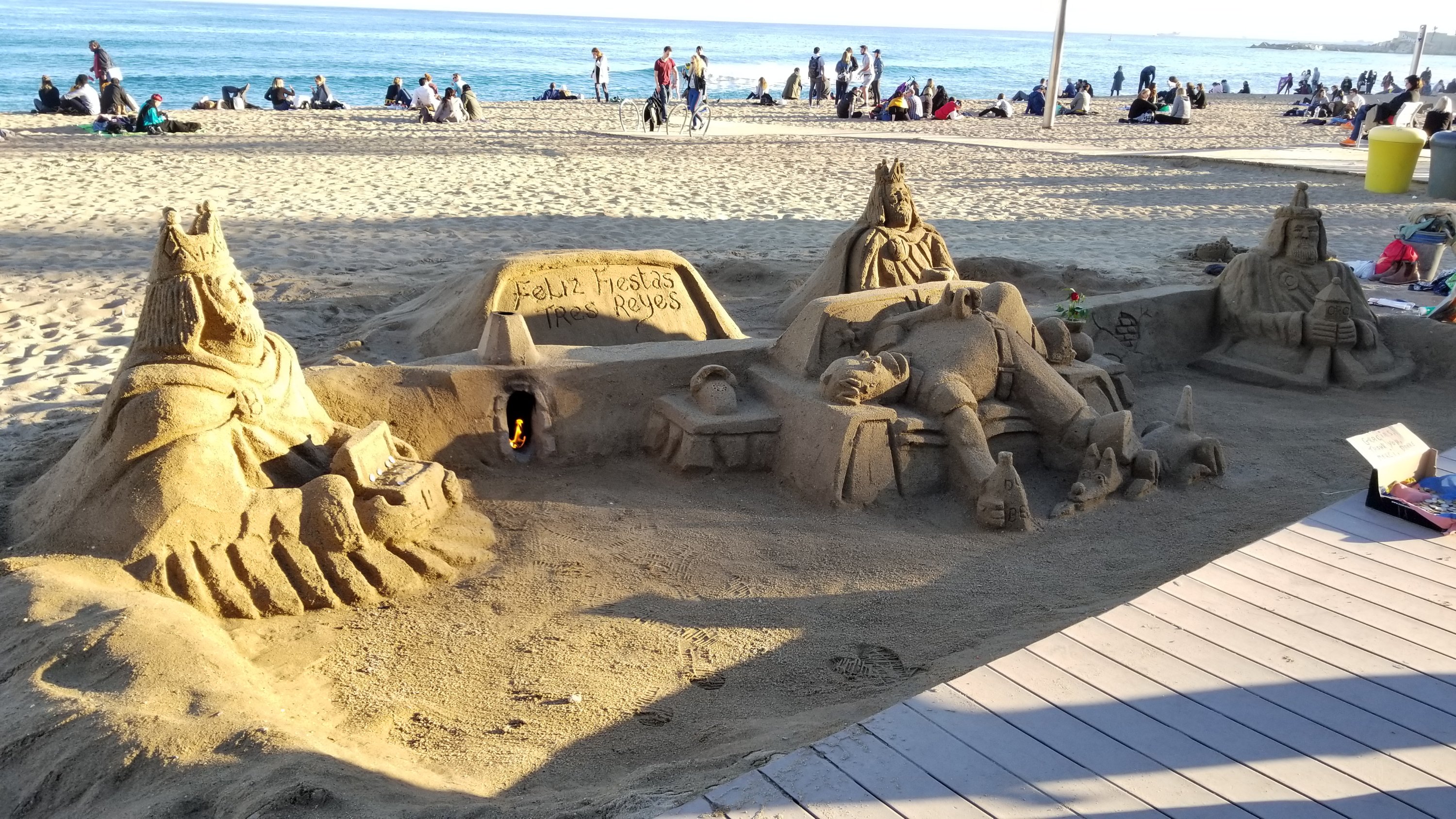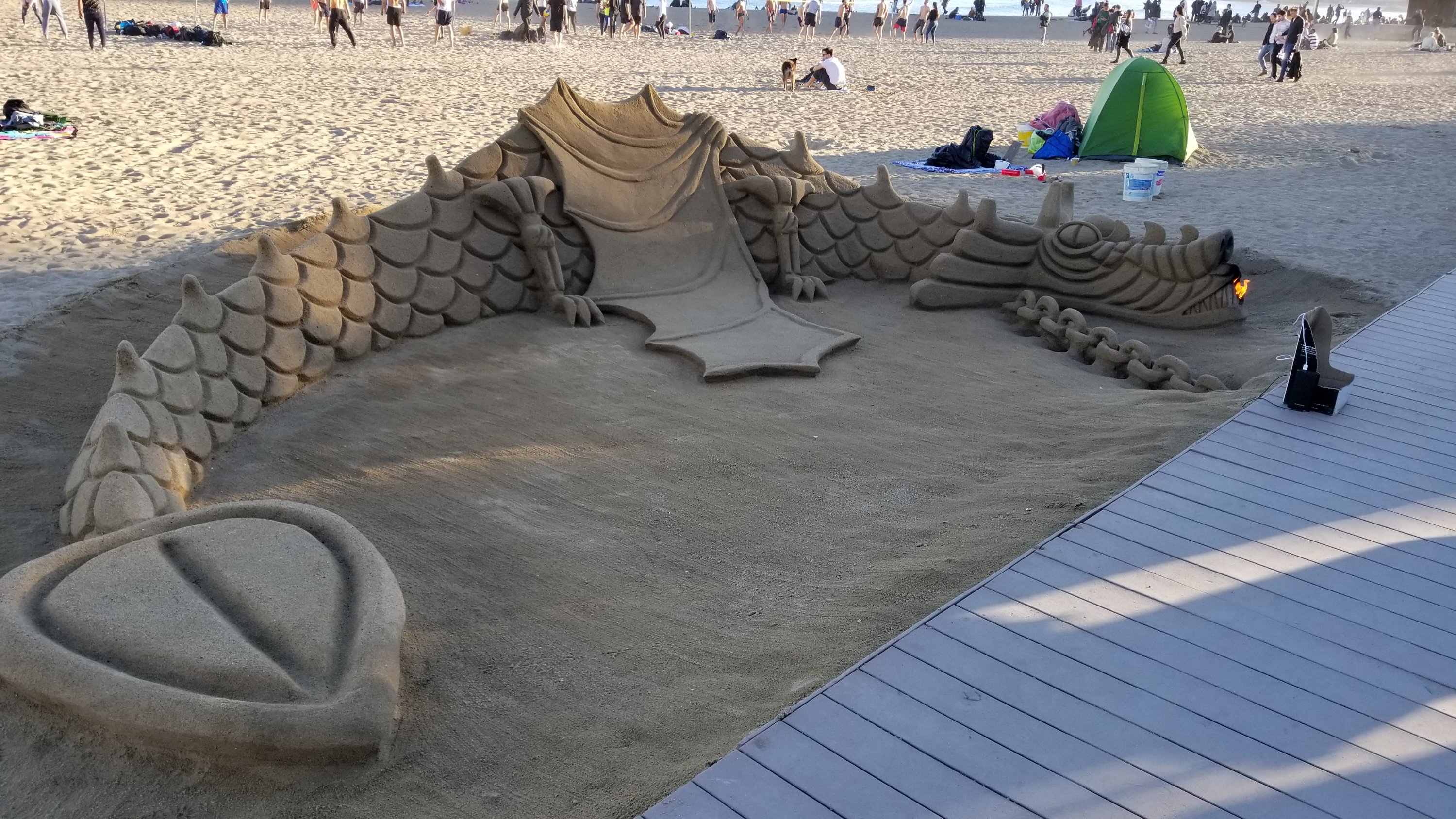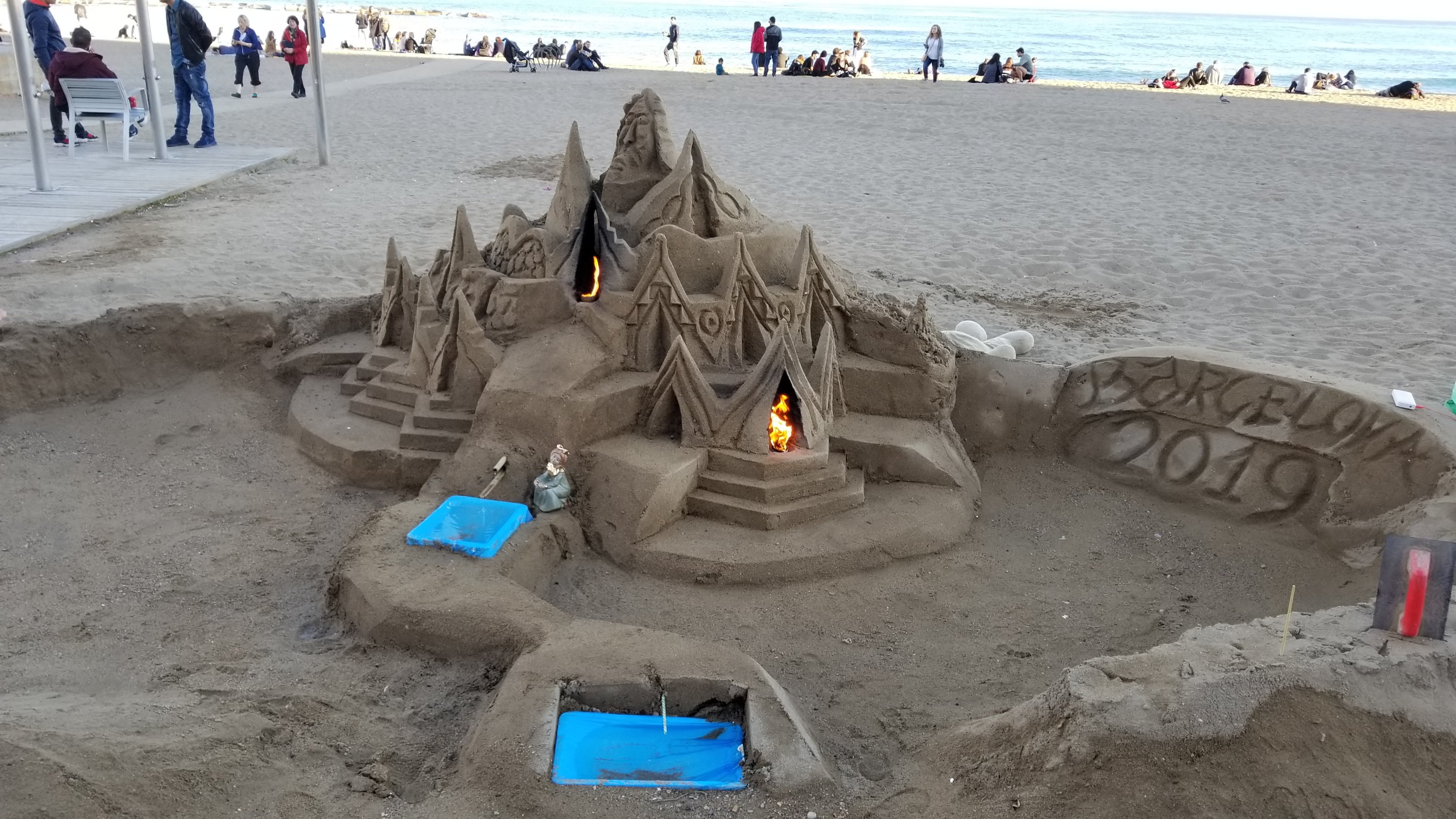The blog is back! We are still in the United States, and don’t have a trip planned outside the US until February 2020 (which really sounds far off), when we will be heading off to New Zealand and Australia, to try to visit those places before they get overwhelmed with tourists (like Barcelona was).
Part of the joy of being retired is picking spots you’ve never been and going when the places aren’t crowded. Kim has never been to Sequoia National Park. I’m pretty sure I was here in my youth when my parents took us to Kings Canyon National Park (the two parks abut each other), but I won’t know for sure until I go back and look at old photos my dad would have taken.
We are staying at the Wuksachi Lodge, which was built in 1999, and while the lodge is nice, it doesn’t really compare to staying at Yosemite Lodge.
There are really no hiking trails around the lodge, but the setting is quite beautiful. They call the area Wuksachi Village, but there is no “village”. Fortunately the lodge has a restaurant, as there really is nothing else here in Sequoia NP. I will say the food is decent and not too terribly priced. Corkage is $10, but their stemware sucks. Fortunately I’m a total wine geek and brought my own!
It is very quiet throughout the park, for good reason. At this point in time, the campgrounds are all closed, the visitors center is closed, the Giant Forest Museum is closed…..even bathrooms near the trailheads are closed! They should at least have a Depends Dispenser! Fortunately there are still hiking trails to be had, but if you decide to visit maybe come in late May versus mid May. Hell, even the free shuttle service doesn’t start until the end of the month, so you have to drive everywhere!
When picking your choice of rooms, pay the extra so you are facing the mountains. While the view of the mountains is obstructred, the other side of the lodge buildings face a dirt road that everybody uses to move their luggage into and out of their rooms, as well as maintenance trucks going back and forth, so it’s very noisy if you like to sleep in or want to take an afternoon nap.
Quick update….I just heard some Octogenarian comment that they have to be on the Tauck Tourbus at 6:45 AM, and their luggage needs to be out and ready by 6:00! Guess I know what time we are waking up tomorrow! Oh joy!
As Kim points out, the rooms should have balcony’s. That would be a huge improvement. Oh yeah, don’t forget to pack a pair of pliers (a must on every trip) so you can remove the stupid plastic insert in the shower head. The “low flow” here is so low you might as well be spritzing with a spray bottle….forget about getting soap off your body! I can attest to the fact that the shower works wonderfully once a little operation has been concluded.


